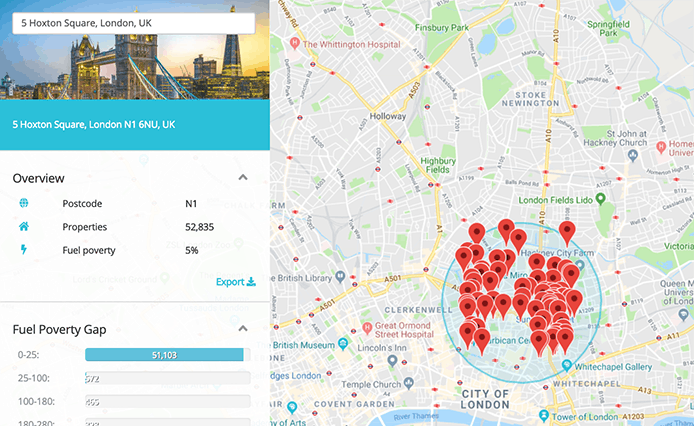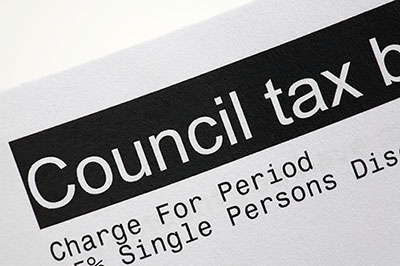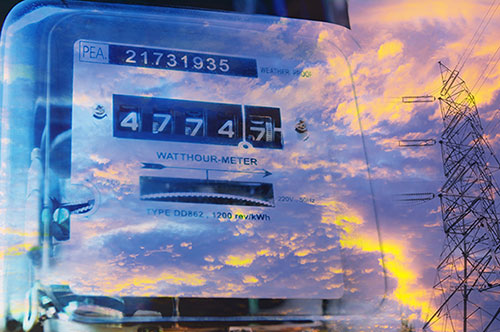Utilities
Identifying and assisting fuel poor homes.
2018
PARTNERS
Share
Fuel poverty refers to a household being unable to properly heat its home without significant hardship, and tackling this problem is a major focus of the UK government. Living in fuel poverty has been linked to health issues and higher rates of mortality, and recent data suggests that almost 10% of additional winter deaths in Britain are directly attributable to fuel poverty.
Significant resources are devoted to reducing the effects of fuel poverty, but only a small portion of these resources actually end up with those in need.
Current methods used to target fuel poverty interventions are inaccurate, with IPPR estimating that only 30% of earmarked funds actually reach fuel poor homes.
We worked with Affordable Warmth Solutions and the Sustainable Homes Survey Company to develop a web-based platform that can accurately predict whether a household is in fuel poverty, and whether it qualifies for certain targeted interventions.
Building the platform
We obtained information on a large sample of English households, and trained two machine learning algorithms to use publicly observable characteristics to develop a prediction on whether a given household is likely to be in fuel poverty. The first model makes use of EPC ratings to improve the accuracy of its predictions, while the second attempts to compensate for cases where this information is lacking.

The dataset for the first model included just under 24,000 suitable observations, which we divided into a training dataset (~18,000 observations) used to develop our algorithm, and a testing dataset (~6,000) which we used to evaluate our algorithms performance.
The second model is used in cases where data limitations exclude the use of the first, and was trained on a combination of data from public sources and the Sustainable Homes Survey Company to produce viable estimates.
An accurate framework
Our primary model achieved 75% predictive accuracy on the testing dataset. Initial results from the second, more limited model indicate that it makes correct predictions around 50-60% of the time––still a significant improvement on existing techniques.
We were also able to identify which inputs were good ‘predictors’ of fuel poverty status in isolation. This product was built into a web-based platform (screenshot above) which could then be used for targeting interventions, and is now being provided free of charge to local authorities and other agencies working to mitigate English fuel poverty.




